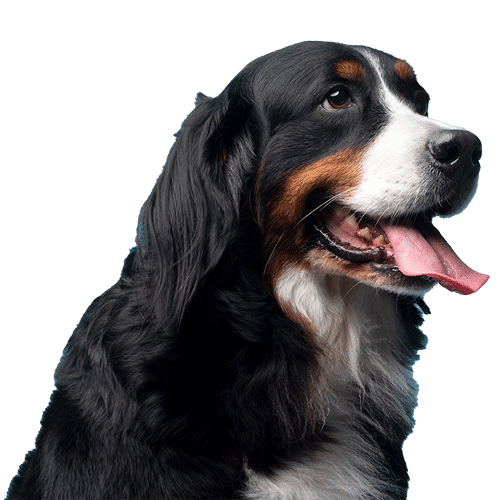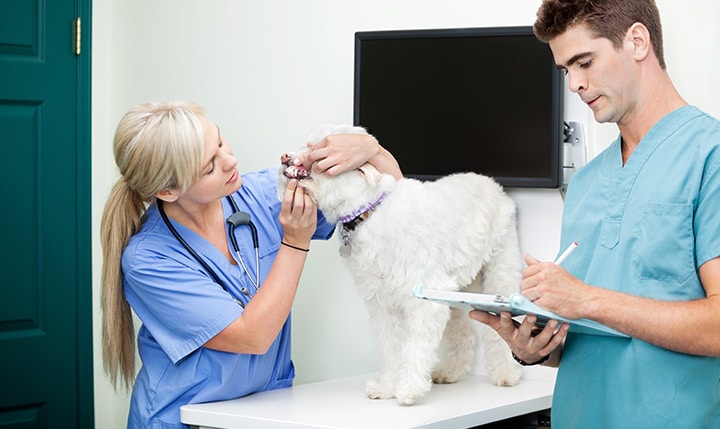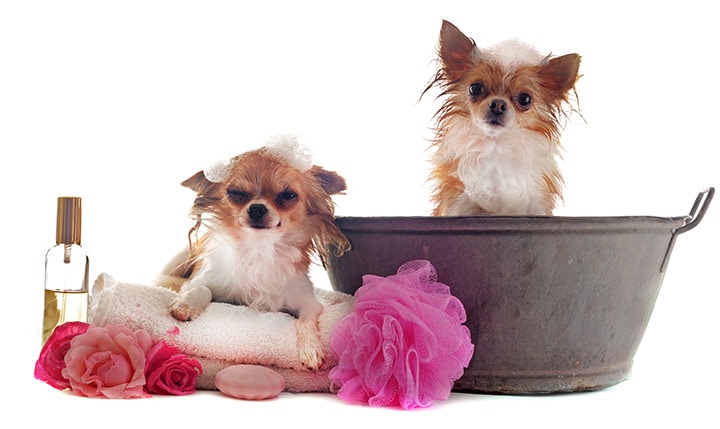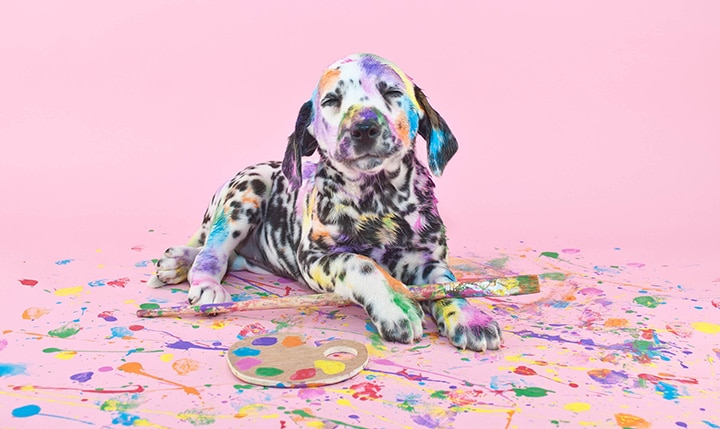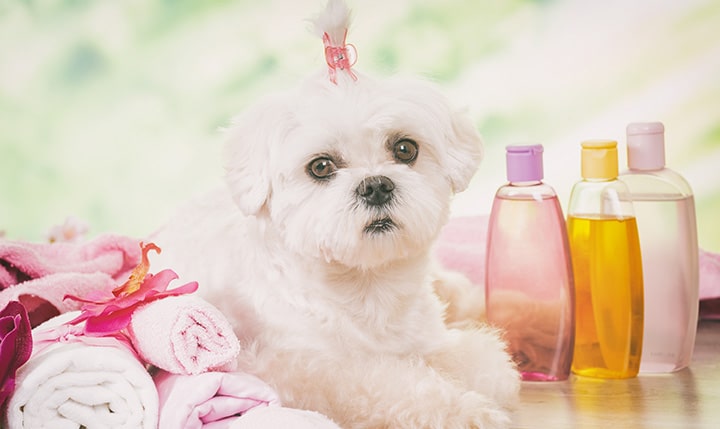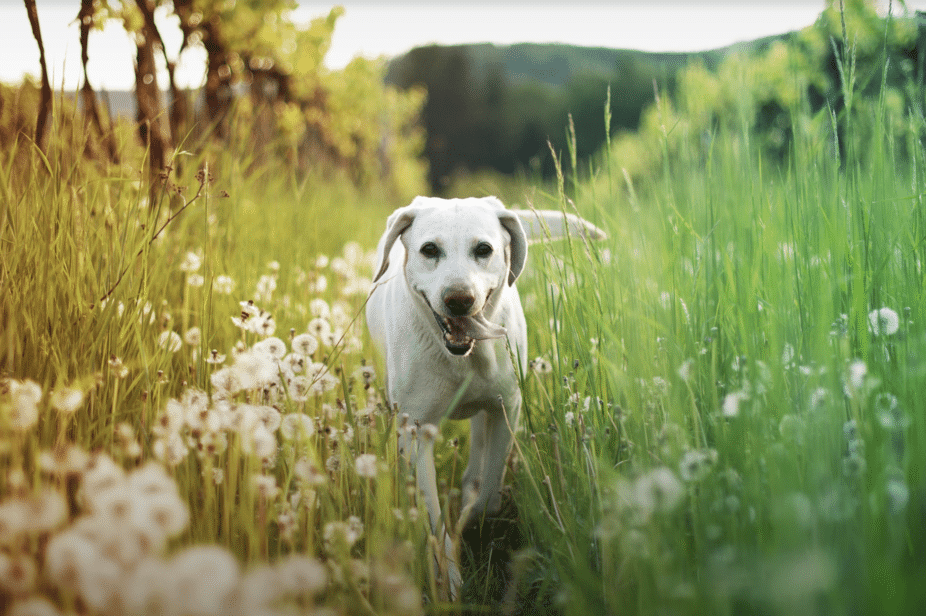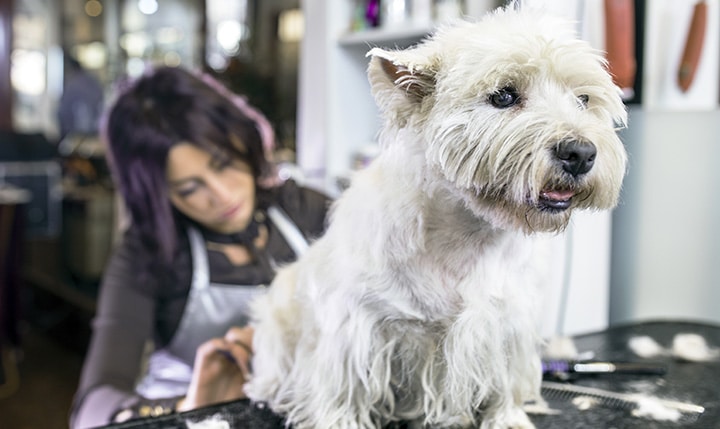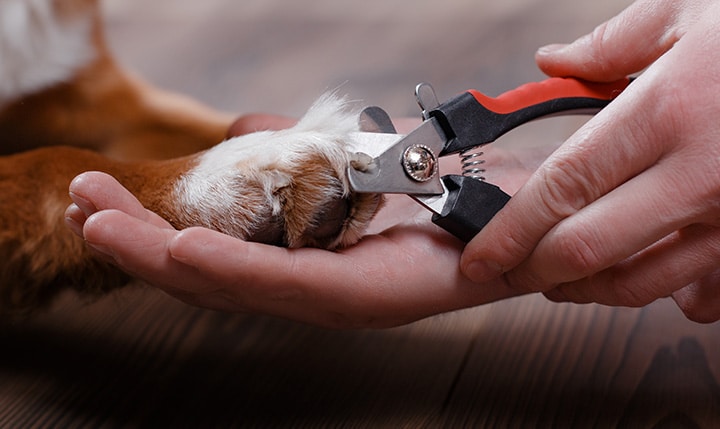Ways to Identify Lyme Disease Symptoms in Dogs
With the summer underway and deer ticks searching for hosts, dog owners will want to know how to identify symptoms of Lyme disease and how to prevent their dog from contracting the disease. Lyme disease in dogs is treatable but […]
Ways to Identify Lyme Disease Symptoms in Dogs Read Post
